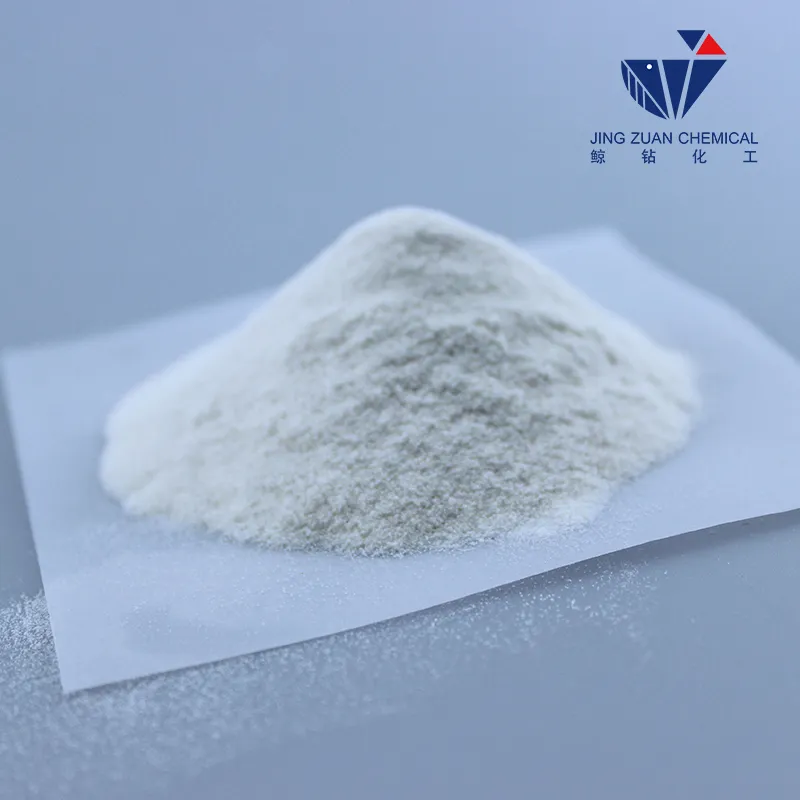
Oct . 18, 2024 16:26 Back to list
Exploring Hydroxyethyl Cellulose CAS Number Applications in Industry and Research
Understanding Hydroxyethyl Cellulose CAS Number and Its Applications
Hydroxyethyl cellulose (HEC) is a non-ionic, water-soluble polymer derived from cellulose, a natural polymer found in the cell walls of plants. The CAS (Chemical Abstracts Service) number for hydroxyethyl cellulose is 9004-62-0. This number serves as a unique identifier for chemical compounds, allowing researchers, manufacturers, and regulatory agencies to communicate effectively about this substance.
Structure and Properties
HEC is produced through the reaction of cellulose with ethylene oxide, which introduces hydroxyethyl groups into the cellulose structure. This modification enhances the solubility of cellulose in water while maintaining its ability to form gels and films. The molecular weight of HEC can vary significantly, ranging from a few thousand to several hundred thousand daltons, which influences its properties and suitability for different applications.
One of the defining properties of hydroxyethyl cellulose is its viscosity in solution, which can be controlled by adjusting its concentration and molecular weight. This ability to modify viscosity makes HEC an invaluable additive in various formulations. Moreover, HEC is characterized by its non-toxicity and biocompatibility, making it suitable for use in pharmaceuticals and personal care products.
Applications of Hydroxyethyl Cellulose
1. Pharmaceuticals In the pharmaceutical industry, HEC is widely used as a thickening agent, binder, and stabilizer in various formulations, including ointments, gels, and suspensions. Its ability to form a film makes it an excellent choice for controlled-release drug delivery systems, ensuring the gradual release of medications over time.
2. Cosmetics and Personal Care Hydroxyethyl cellulose is a popular ingredient in cosmetics and personal care products due to its thickening and emulsifying properties. It is commonly found in lotions, creams, shampoos, and conditioners, improving texture and enhancing the sensory experience for consumers. HEC also helps to stabilize emulsions, allowing oil and water-based components to mix effectively.
hydroxyethyl cellulose cas number

3. Construction and Building Materials In construction, HEC is used as a thickening and water-retention agent in cement-based products, such as mortars and drywall compounds. It enhances workability and prevents the premature drying of these materials, contributing to better adhesion and improved performance in construction applications.
5. Agriculture In agricultural applications, hydroxyethyl cellulose is used as a coating for seeds and fertilizers to improve water retention and nutrient delivery. Its ability to create a gel-like structure can enhance the effectiveness of slow-release formulations, benefiting crop growth and sustainability.
Environmental Considerations
As a cellulose derivative, HEC is derived from renewable resources, aligning with the growing demand for sustainable and eco-friendly materials. Unlike synthetic polymers, HEC is biodegradable under the right conditions, making it a more environmentally friendly option in various applications. However, its impact on the environment can depend on factors such as production processes and disposal methods.
Conclusion
Hydroxyethyl cellulose (CAS number 9004-62-0) is a versatile polymer with a wide range of applications across multiple industries. Its unique physical and chemical properties make it an essential ingredient in pharmaceuticals, cosmetics, construction materials, and more. As the demand for sustainable and biodegradable materials grows, HEC is likely to play an increasingly important role in both existing and emerging applications. Understanding its properties, uses, and potential environmental impacts will enable industries to harness the benefits of hydroxyethyl cellulose effectively.
-
Versatile Hpmc Uses in Different Industries
NewsJun.19,2025
-
Redispersible Powder's Role in Enhancing Durability of Construction Products
NewsJun.19,2025
-
Hydroxyethyl Cellulose Applications Driving Green Industrial Processes
NewsJun.19,2025
-
Exploring Different Redispersible Polymer Powder
NewsJun.19,2025
-
Choosing the Right Mortar Bonding Agent
NewsJun.19,2025
-
Applications and Significance of China Hpmc in Modern Industries
NewsJun.19,2025







